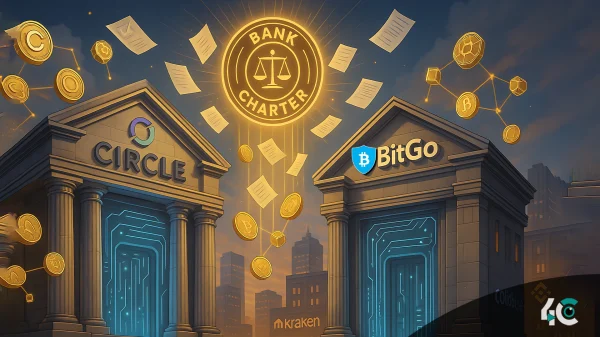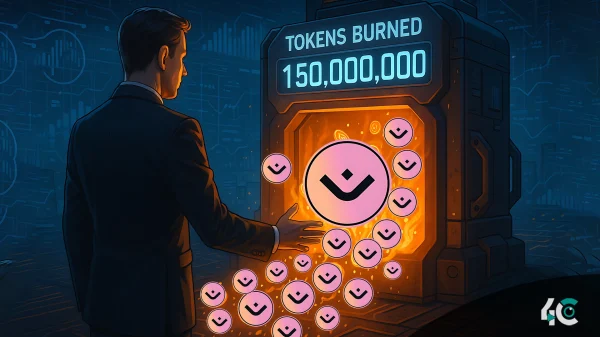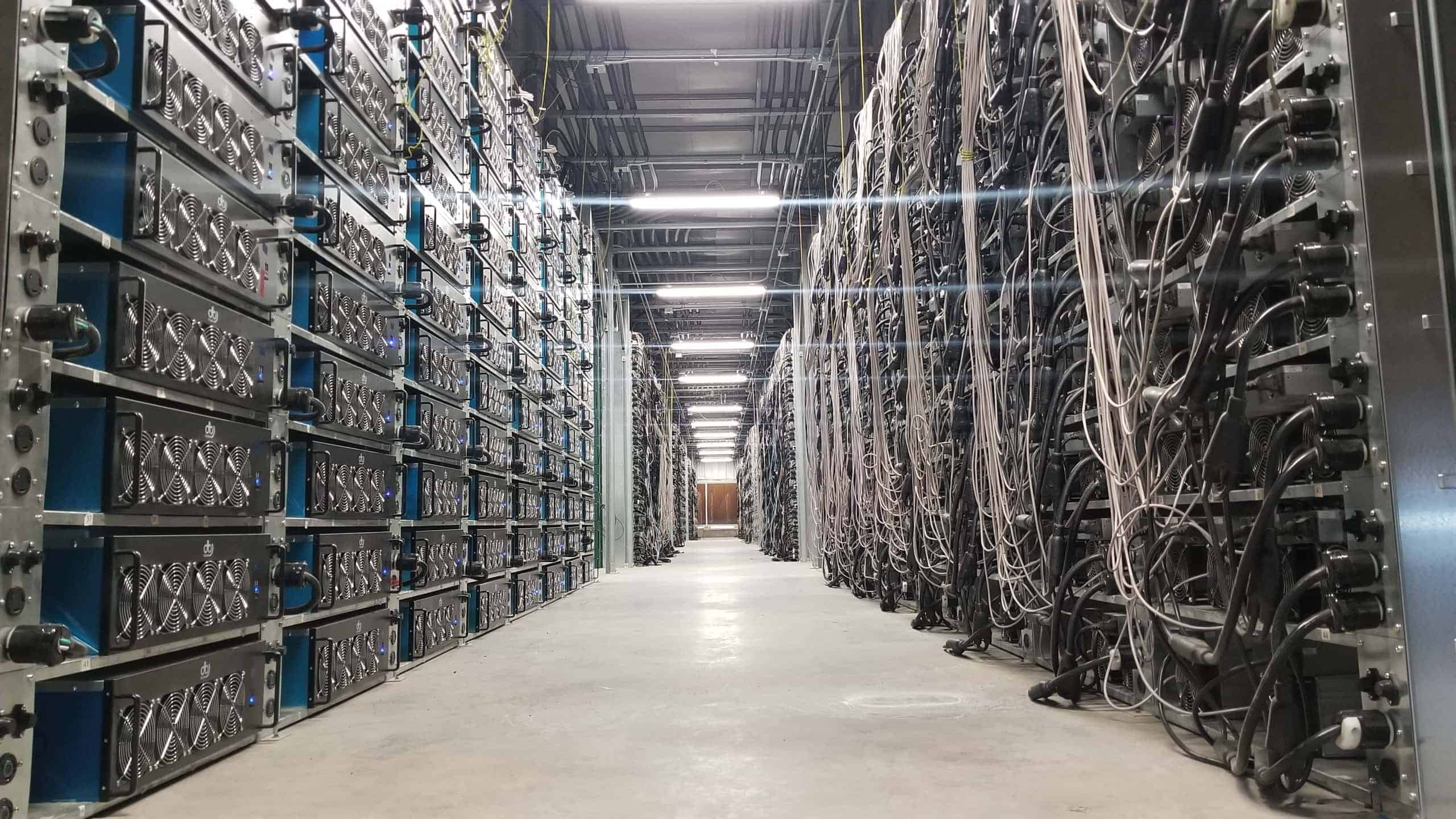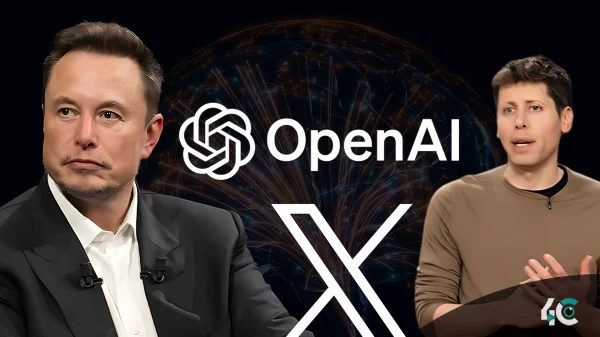For some, the promise of decentralization, free access, minimal regulation, anonymity, and the possibility of making money out of transactions by manipulating market rules may be appealing. Meanwhile, others are unable to ignore the difficulty of Bitcoin’s algorithm and its need for computational power.
But how polluting exactly is Bitcoin? Can Bitcoin harm the environment?
For those reading about Bitcoin for the first time, here’s a brief introduction from the standpoint of sustainability:
How do Bitcoin enter circulation?
Miners create new Bitcoin by validating and recording new transactions in the blockchain. The miner who is successful in achieving this first is rewarded.
Several Bitcoin transactions are combined into each block, which requires them to verify the validity of 20-30 variables, including the address, name, timestamp, and whether senders have enough funds in their accounts and have not already spent them. By solving an equivalent puzzle, miners compete to have their validation accepted first. This puzzle involves finding a ‘nonce,’ or ‘number used only once,’ that when combined with the data in the block and run through a specific algorithm generates a random 64-digit string of numbers and letters. Random number must be less than or equal to the 64-digit target set by the system, known as the target hash. In order for the new block to be chained together, the winning miner must find the nonce that produces the target hash. Since one block changes all subsequent blocks, the network is impervious to tampering. All nodes then update their copies of the blockchain as the result is broadcast to the rest of the network. This process is called proof of work. Bitcoin and transaction fees are sent by the sender to the winning miner with the newly minted Bitcoins.
Bitcoin’s higher price attracts more miners, and the harder the puzzles get. Since blocks of transactions are mined every ten minutes, if more miners with more computing power are on the network, the chances of finding the nonce in that short amount of time are enhanced. By adding additional zeroes to the front of the target hash, the system makes it harder to find the hash; the lower that number is, the harder it is to generate a random number below it. The system makes the puzzle easier if there is less computing power available by removing zeros. The difficulty of mining on the Bitcoin network is adjusted every two weeks in order to keep block production at ten minutes.
When Bitcoin was first mined in 2009, mining one block earned 50 Bitcoin. The Bitcoin reward is halved every 210,000 blocks. In November 2020, the reward was 6.25 Bitcoin, but Bitcoin was valued at about $17,900 per unit, so a miner would earn $111,875 (6.25 x 17,900) for completing a block.
According to estimates, there are one million Bitcoin miners, but the exact number is impossible to determine because miners with less computing power can join mining pools, which are not required to report how many miners they have.
Bitcoin’s environmental impact results from this intense competition.
Why Is Bitcoin Bad For the Environment?
Rather than being controlled by one authority, Bitcoin’s public ledger is constantly updated by a network of computers around the world.
A percentage of Bitcoin transactions are paid to these miners, in exchange for solving complex mathematics puzzles on purpose-built computers – the only way to create new Bitcoins.
Over the past few years, as bitcoin price has reached new highs (and lows, as evidenced by Elon Musk’s bitcoin tweet), mining Bitcoin has become more attractive, which has led to the network’s total energy consumption reaching epic proportions.
As Bitcoin mining can generate steady income, the number of people willing to run expensive, power-hungry machines to make a small profit on every transaction has increased. This has led to the Bitcoin network consuming more energy than many countries.
The Environmental Impact of Bitcoin’s Hardware
These days there are not only more mining computers produced and used, but they are also more energy-hungry than when Bitcoin was first introduced.
Using central processing units (CPUs) in conventional personal computers, the first generation of miners had the computing power of 0.01 gigahashes per second (GH/s) and efficiency of 9,000 joules per Gigahashes (J/GH).
Today, these CPUs are no longer available and 0.1-25 GHz and 100-45 GHz machines have taken their place.
Bitcoin’s Impact On the Environment: Electronic Waste
Not only is the Bitcoin network prone to energy and hardware problems, but it also generates significant amounts of electronic waste (e-waste).
This is because Bitcoin mining is done with specialized (singular-purpose) equipment that becomes obsolete every 1.5 years according to Vries’ (2019) study.
Older mining devices will inevitably become obsolete regularly as new machines become more energy efficient, which will lead to their eventual disappearance.
To provide context, the e-waste output resulting from the disposal of mining equipment is the only type of e-waste accounted for in the assessment of Bitcoin’s e-waste generation.
Other mining equipment, such as cooling, and transactions that aren’t directly recorded on the Bitcoin blockchain but by trusted third parties, haven’t been considered.
How can cryptocurrencies be more sustainable?
In light of the vast amount of hardware and infrastructure built by the Bitcoin network, it would be difficult for it to switch to a more energy-efficient system. Nevertheless, several projects are working to reduce the carbon footprint of Bitcoin. In a meeting with top crypto mining executives in North America, Tesla CEO Elon Musk discussed energy use. To promote energy transparency, a new Bitcoin Mining Council was established.
Another initiative is the Crypto Climate Accord, which seeks to have blockchains run on 100% renewable energy by 2025 and the cryptocurrency industry environmentally friendly by 2040. This plan advocates deploying proof-of-work systems that use more energy-efficient validation methods, placing them in areas with excess renewable energy that can be harvested, and offering renewable energy certificates as a way to support renewable energy projects, just as carbon offsets support green projects.
A few smaller cryptocurrencies have also adopted a similar method called proof of stake to help reduce Ethereum’s energy consumption by 99.95 percent by 2022. Solving puzzles is not necessary for the right to verify transactions if proof of stake is provided. It’s more of a lottery. Potential validators stake their Ethereum coins (ETH), and the more they stake, the greater their chance of being selected randomly by the system as the validator. Participants in Ethereum 2.0 will stake 32 ETH (each is worth about $3600 today) per validator opportunity, with more chances available as you stake more ETH. A validator who stakes coins on an accurate new block will be rewarded with coins after the block is accepted.
Using waste methane gas normally flared by oil fields as power for Bitcoin mining is another way to green cryptocurrencies. Mining operations could be relocated next to oil fields and get power from methane gas. The wind resources in West Texas are ideal for Bitcoin mining. Wind farms have excess power that can be used for Bitcoin mining due to the fact that they are often located near wind farms.
Bitcoin and Renewable Energy
Bitcoin’s negative environmental impact could be easily fixed if the network supplying miners used renewable energy? Probably not.
A study from Stoll et al (2019) indicates that, unless there is excess zero-carbon power capacity, even skimming of renewable electricity leads to shortages in grid areas generally dependent on fossil fuels.
In addition, as more (and more stable) energy becomes available in “developing countries,” we must work together to reduce (and not just replace) our energy bills. By avoiding unnecessary energy spending, we are also being in tune with the way nature works – energy is precious and is rarely wasted.
CONCLUSION
Crypto is evolving into a new generation. Many of these programs are being created by young programmers, so they will move away from proof of work for several reasons, including their environmental impact. The upcoming generation is probably more environmentally aware. Hopefully, they understand the impact of their work beyond whatever they’re building and take into account the complexity of today’s world.




























